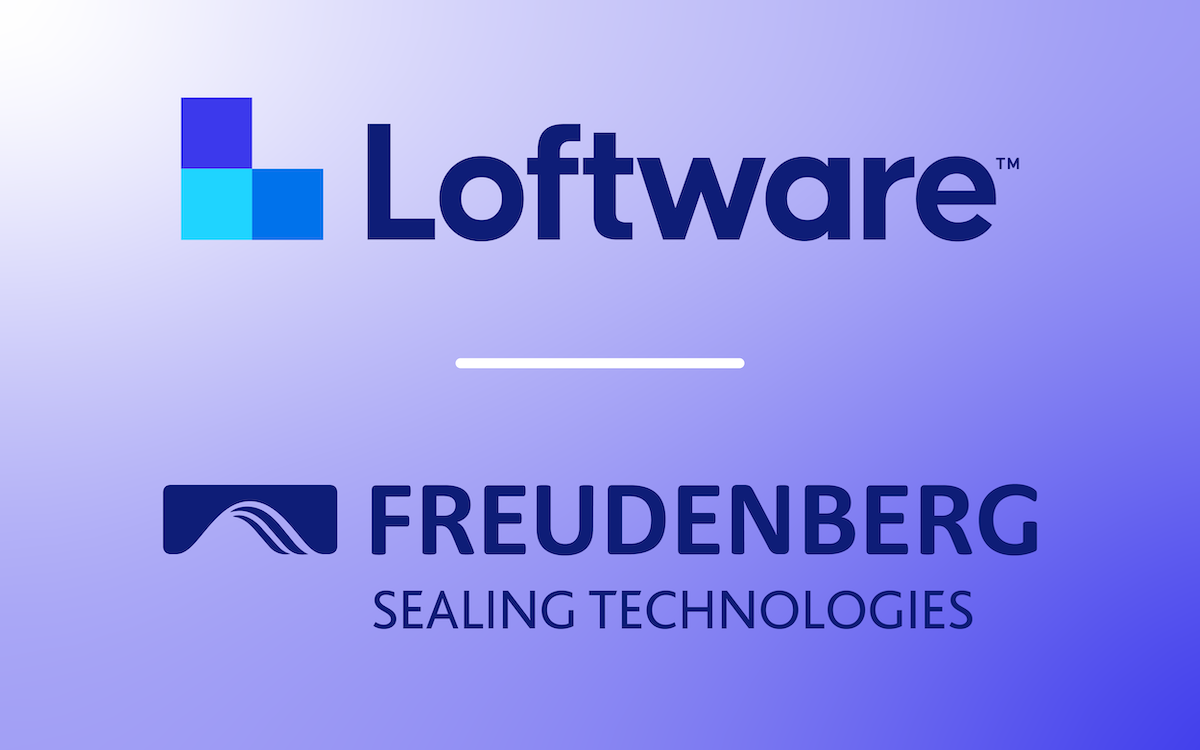January 25, 2022
Blog
What Does 2022 Hold for Labeling and Artwork Management?
by Josh Roffman
Share
To explore what’s in store for Enterprise Labeling and Artwork Management in 2022, download our annual ‘Top 5 Trends in Labeling and Packaging Artwork’ report for free. Additionally, you can watch our on-demand webinar to learn more about the findings in our report.
If 2021 was the year the world learned the importance of agile global supply chains, 2022 will be dominated by the need to adjust to new realities, both in areas reshaped by the COVID-19 crisis and as deeper trends come to the surface. Companies that can effectively pivot and embrace new agile strategies for maintaining a business will have a competitive edge and set themselves up for future success. I’m pleased to say that Loftware has been able to rise to this challenge and support our customers in managing the shifting demands created by the COVID-19 pandemic.
It's also important to note that this past year we experienced change internally as we combined with fellow industry leader NiceLabel to become one single integrated organization - creating the largest labeling software company in the world. Now, looking ahead to 2022, we’ve never been in a stronger position to elevate mission-critical Enterprise Labeling and Artwork Management solutions and to identify and offer insights on trends surrounding this space.
Cloud adoption is top of mind
When speaking to all our customers and partners, it’s clear that one subject is top of mind: cloud adoption. During 2021’s COVID-19 disruption, the vital role of labeling in supply chains became increasingly apparent. As a result, cloud-based labeling solutions were put firmly on the radar of organizations that needed to shift production, accommodate a remote workforce, and extend labeling to new partners and suppliers to ensure the continuous movement of parts and products – upstream and downstream – without delays.
As they work to harness the power of the cloud, forward-thinking companies are embracing cloud-first labeling strategies that allow them to improve scalability, configurability, standardization, and reliability across the enterprise. Cloud is becoming a mainstay for software deployment and this was illustrated in our annual 'Top 5 Trends in Labeling & Packaging Artwork' survey, where 73% of those surveyed said that cloud will be their preferred deployment method for labeling applications in three years’ time.
Digitalization will be key
In 2022 digital technologies will also continue to have a profound impact on business and this has been further accelerated by COVID-19. Gartner continues to highlight the important role of digital transformation on business, with this approach allowing more flexibility to scale and to adapt to change. Digital transformation remains a vital tool for companies that need to respond to new risks, shift their business models, and leverage new opportunities using current resources. Additionally, as the business environment becomes increasingly complex and global in nature, companies must deal with the nuances of today’s complex labeling requirements and regulations. Whether they’re supporting remote workforces, striving for better collaboration across the enterprise, or working to improve speed to market and the customer experience, companies are implementing comprehensive digital labeling solutions that help them meet these and other goals.
Furthermore, businesses are seeing increased requirements for direct printing on production and packaging lines using coding and marking devices which provide the ability to print on almost any surface. But what’s important to note is that there is significant momentum in this area due to the recent advancement of technologies and the availability of integrated solutions to support these devices. Traditionally these devices have been driven as closed systems with manual entry or purpose-built software for single devices. This, of course, can lead to mislabeling and delays in switching lines over, along with a lack of consistency with multiple different approaches. However, the landscape is changing and in 2022 there will be increased demand for a single solution to drive all devices, whether that’s thermal transfer or coding and marking. This will result in people thinking more broadly about labeling across their enterprise.
Ultimately, companies are seeking an all-in-one digital ecosystem that can meet the full scope of their requirements for bringing products to market quickly, efficiently, and more competitively. Fortunately, the cloud enables this and a centralized labeling solution provides connectivity with all parts of the labeling eco-system including printer types, coding and marking devices, serialization solutions, and more.
As Charles Darwin once said, it’s not the strongest or most intelligent who will survive but those who can most manage change. Business leaders who choose to embrace innovation and new Enterprise Labeling and Artwork Management methodologies will optimize costs and gain a competitive advantage in 2022 and beyond.
If you’d like to learn more about these trends and how to best equip your business for success in the year ahead, be sure to download our free report and watch our on-demand webinar.
* This article was first published in Labels and Labeling *
Below: Loftware's Josh Roffman, SVP Marketing & Product Management, spoke to Print Monthly about the significant shifts in labeling and packaging artwork that are impacting today’s businesses and global supply chains.


